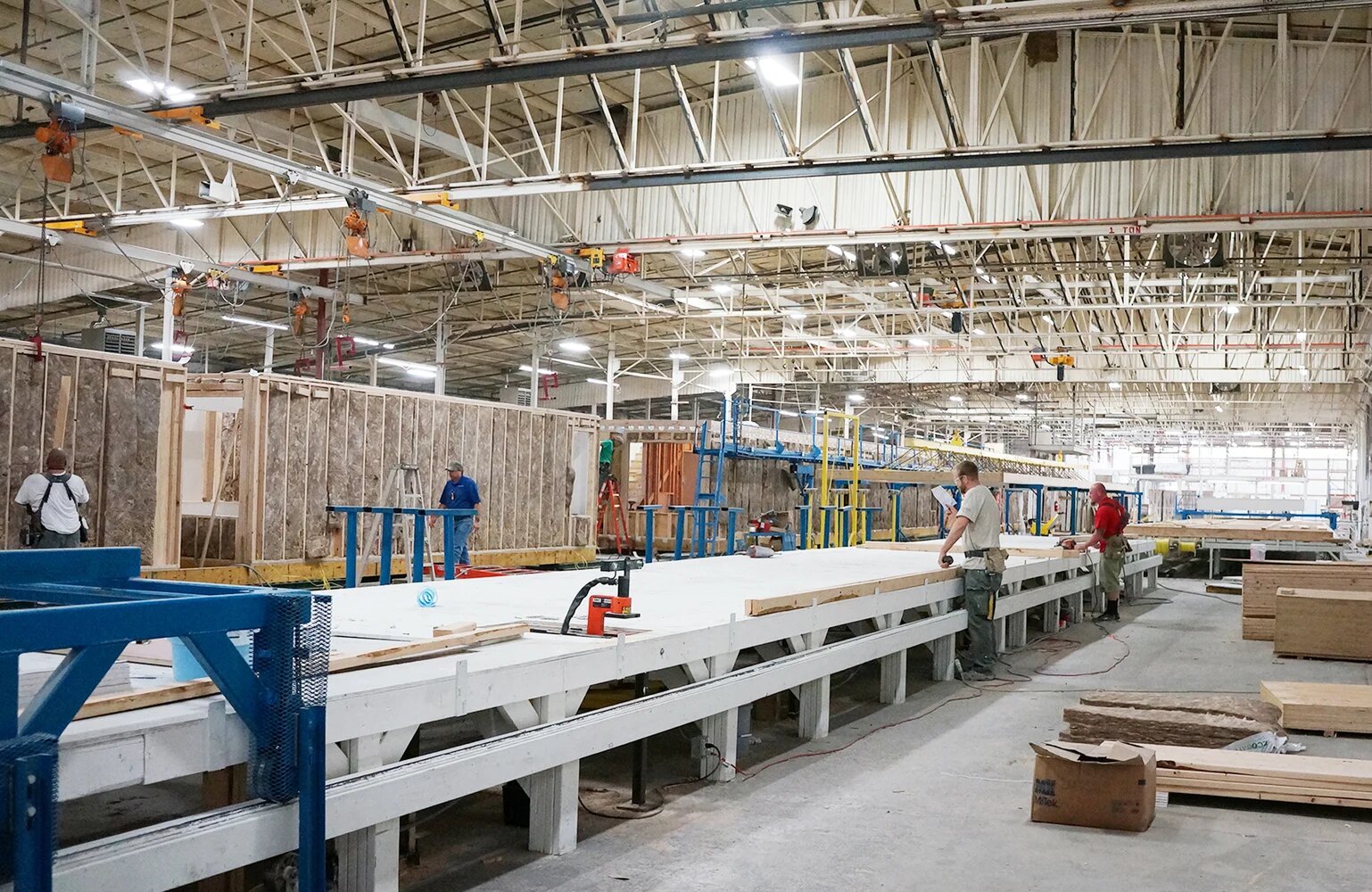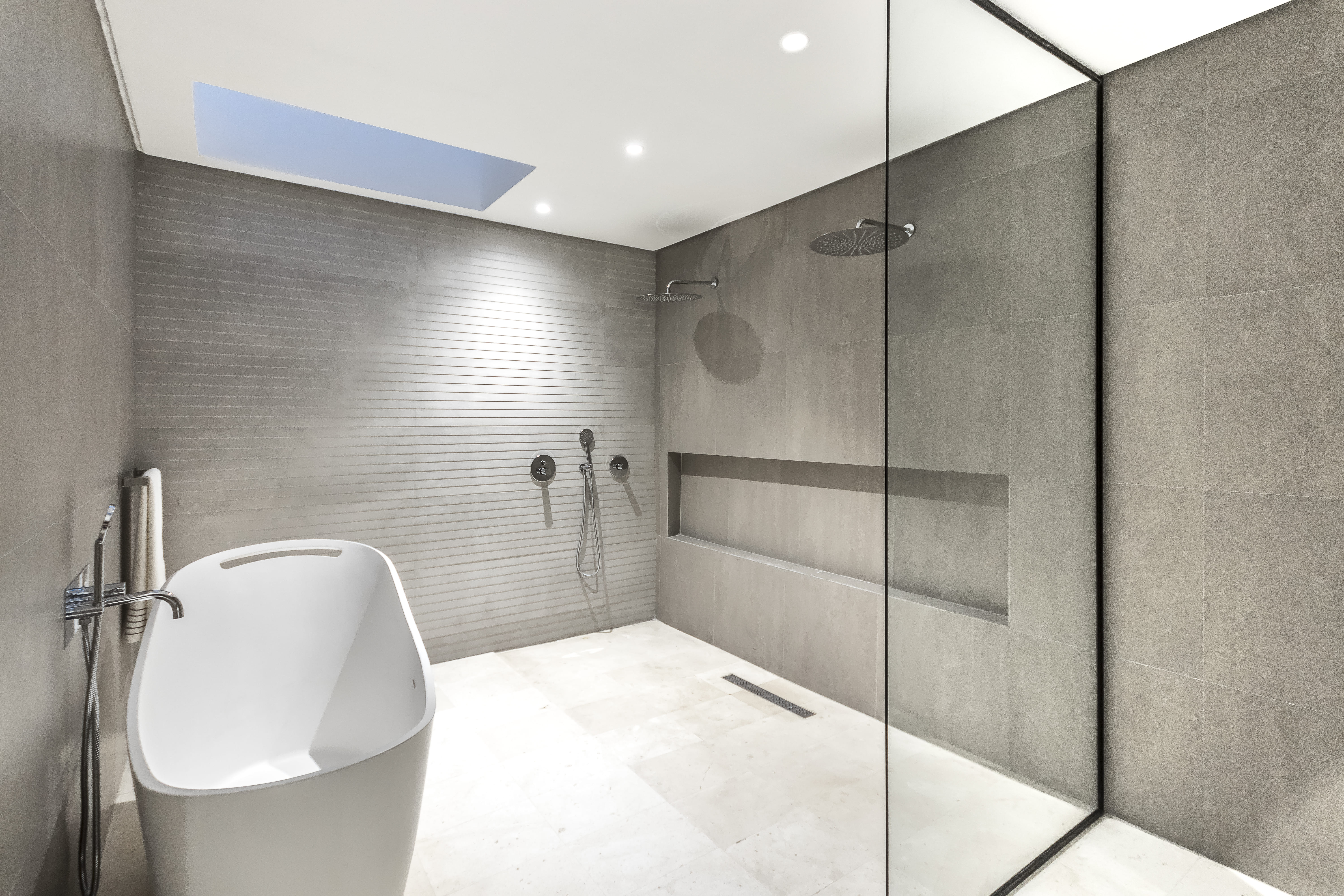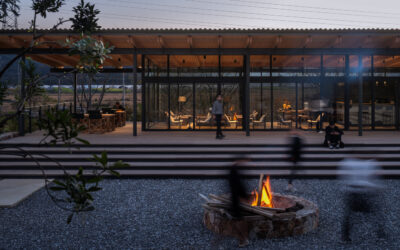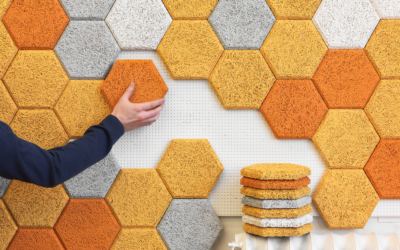NEWS
MODULAR CONSTRUCTION: INNOVATION AND THE FUTURE OF MODERN CONSTRUCTION
Construction has been one of the oldest and most fundamental industries in human history. From the first huts to today’s skyscrapers, the way we build has constantly evolved. In this context, modular construction emerges as one of the most promising and revolutionary trends. But what exactly is it and why is it so relevant in today’s landscape? Join us on this journey through the world of modular construction.
What is Modular Construction?
Modular construction refers to the process in which a building or structure is manufactured in modules or sections in a controlled environment, usually in a factory, and then transported to the construction site where they are assembled. These pre-built modules are designed to integrate seamlessly with one another, creating complete structures ranging from homes to offices and commercial buildings.
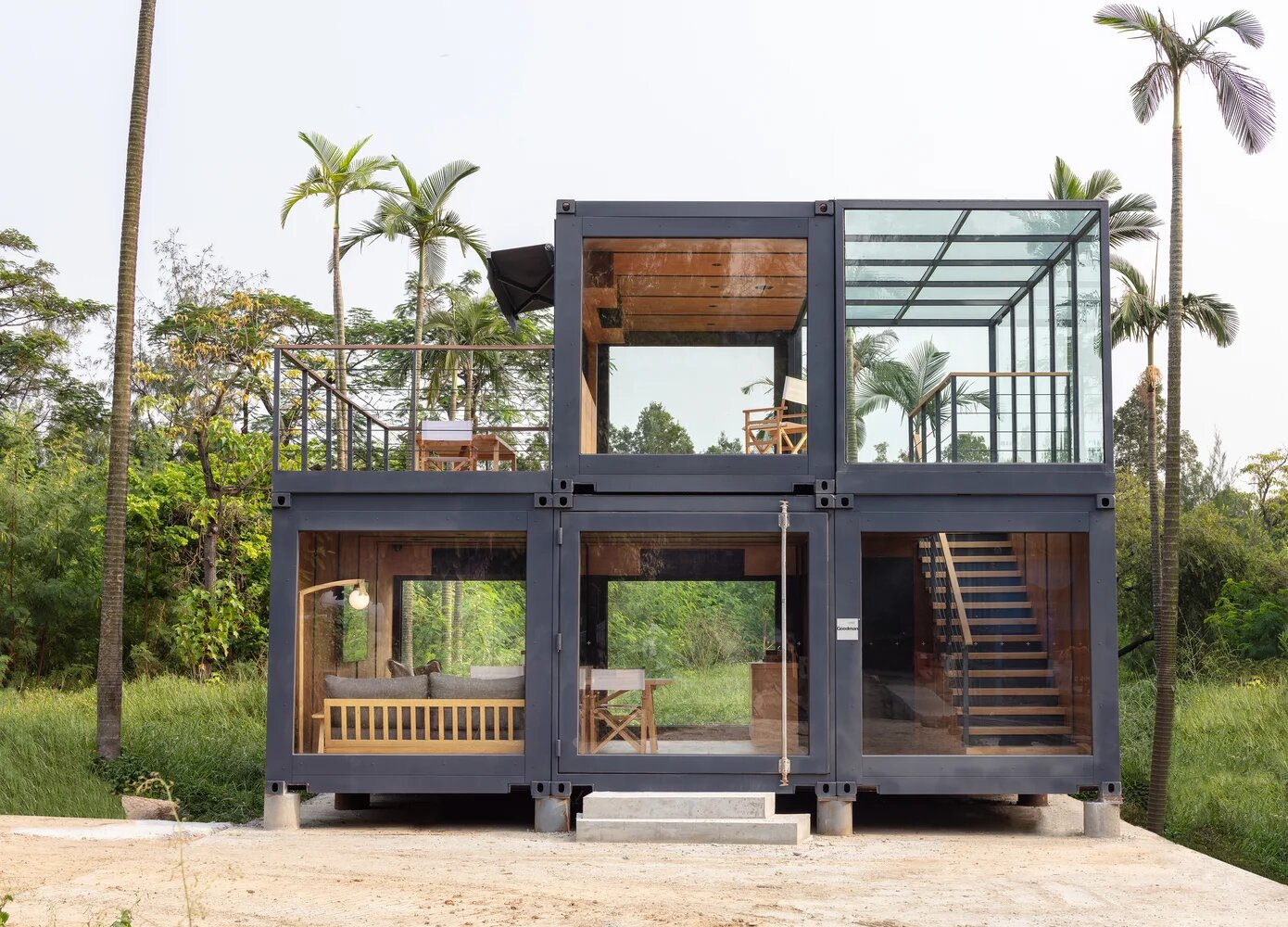
Advantages of Modular Construction
Time Efficiency
Modular construction excels in its ability to significantly reduce construction time. This efficiency is achieved because, while the foundations are being prepared at the construction site, the modules can be manufactured simultaneously in the factory. In addition, by conducting construction in a controlled environment, common delays associated with weather factors, such as rainfall or temperature extremes, are avoided. This simultaneity and predictability in the process ensures that projects are completed in a fraction of the time it would take with traditional methods.
Controlled Quality
The standardized nature of modular construction ensures that each module is manufactured to strict quality standards. By building in a controlled environment, external variables are minimized, resulting in uniform and consistent quality. In addition, having specialized tools and machinery in the factory reduces human error and imperfections that can often arise in traditional on-site construction. This results in more durable buildings with less need for long-term repairs.
Sustainability
Modular buildings are a reflection of conscious, sustainable construction. These structures are often better insulated, which makes them more energy efficient and can result in significant savings in heating and cooling costs. In addition, by manufacturing in a controlled environment, the use of materials is optimized, which reduces waste. Leftover materials can be recycled or reused in other projects, contributing to a greener and more responsible construction industry.
Flexibility and Scalability
One of the challenges of traditional construction is the uncertainty of costs. However, modular construction, by relying on mass production and standardized processes, allows for more accurate budgets. While the initial investment may be comparable to traditional construction, the time savings and long-term energy efficiency benefits often result in a more favorable return on investment.
Predictable Costs
The standardized nature of modular construction ensures that each module is manufactured to strict quality standards. By building in a controlled environment, external variables are minimized, resulting in uniform and consistent quality. In addition, having specialized tools and machinery in the factory reduces human error and imperfections that can often arise in traditional on-site construction. This results in more durable buildings with less need for long-term repairs.
Improved Safety
Safety is a priority in any construction project. By moving a large part of the construction process to a controlled environment, the risks associated with on-site construction are reduced. Accidents related to weather, heavy machinery or unpredictable ground conditions are less likely in a factory environment. This not only ensures worker safety, but also ensures construction without disruption.
Modular Construction vs. Traditional Construction: How do they differ?
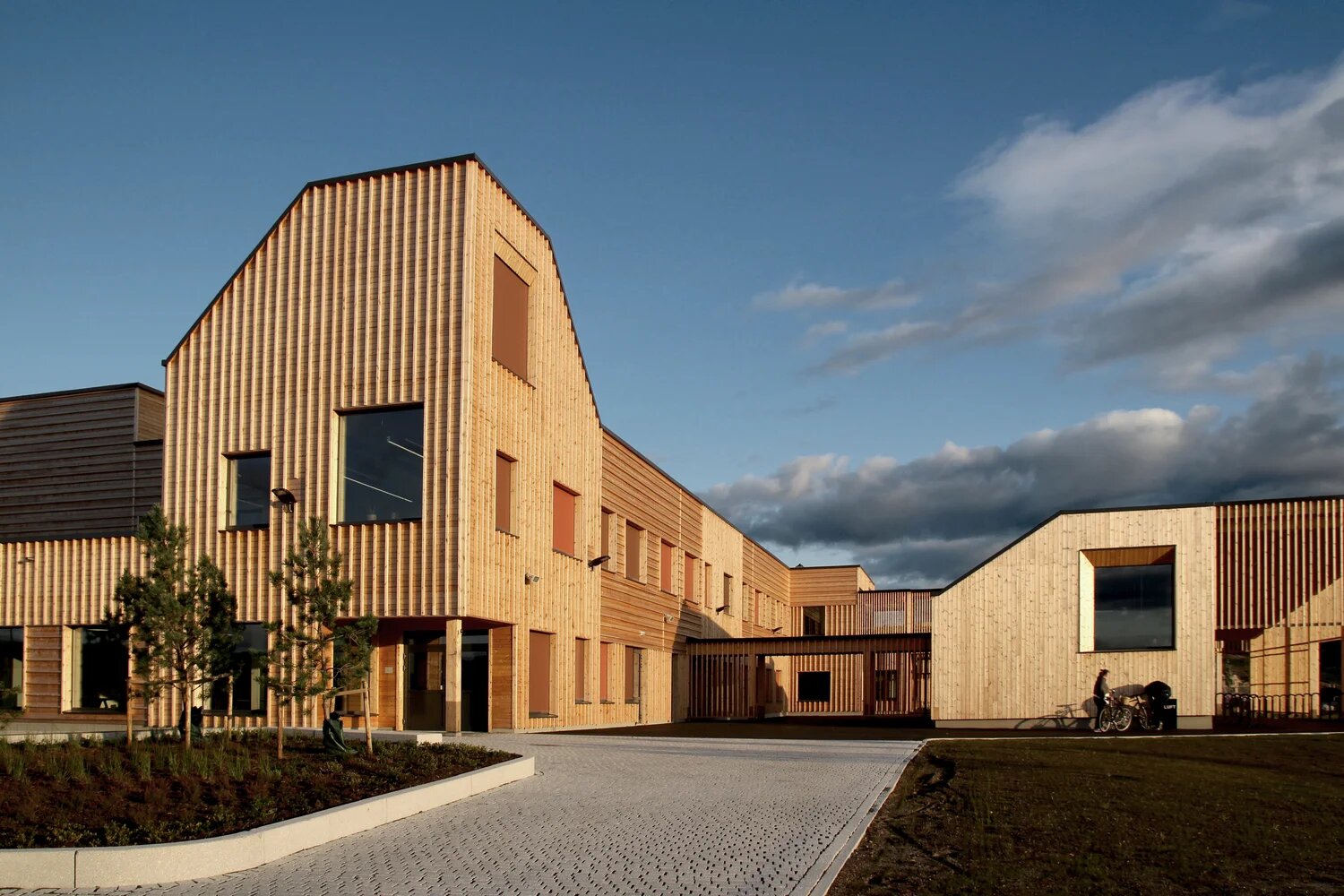
The construction industry has undergone a constant evolution over the years. While traditional construction has been the mainstay of this industry for centuries, modular construction has emerged as an innovative alternative. But what are the main differences and how do they compare to each other?
Construction Site
The most obvious difference between these two methods is the location where most of the construction takes place. In modular construction, most of the work is done in a controlled environment, such as a factory. Once the modules are complete, they are transported to the construction site for final assembly. Traditional construction, on the other hand, is done entirely on site, from foundation to finish.
Construction Time
Modular construction is usually faster than traditional construction. By working in a controlled environment, many delays caused by weather or material delivery logistics are eliminated. In addition, the ability to work on multiple modules simultaneously speeds up the process. In contrast, traditional construction can face multiple interruptions and tends to follow a linear sequence, which can lengthen times.
Flexibility and Adaptability
While modular construction offers great flexibility in terms of reconfiguration, expansion or relocation, traditional construction is more permanent and less adaptable to changes once the structure is complete. However, traditional construction can offer greater freedom in terms of architectural design and customization.
Cost
In terms of initial investment, modular construction can be comparable or even slightly more expensive than traditional construction, especially when module transportation costs are considered. However, time savings and material efficiency can result in lower overall long-term costs for modular construction.
Environmental Impact
Modular construction tends to be more sustainable. By producing in a controlled environment, material waste is minimized and resource use is optimized. In addition, many modular buildings are designed to be energy efficient. On the other hand, traditional construction can generate more waste and have a greater impact on the construction site due to excavation and other processes.
Quality and Durability
Although modular construction was once perceived to be of lower quality than traditional construction, this perception has changed. With technological advances and strict quality controls, today’s modular buildings are as durable and robust as their traditional counterparts.
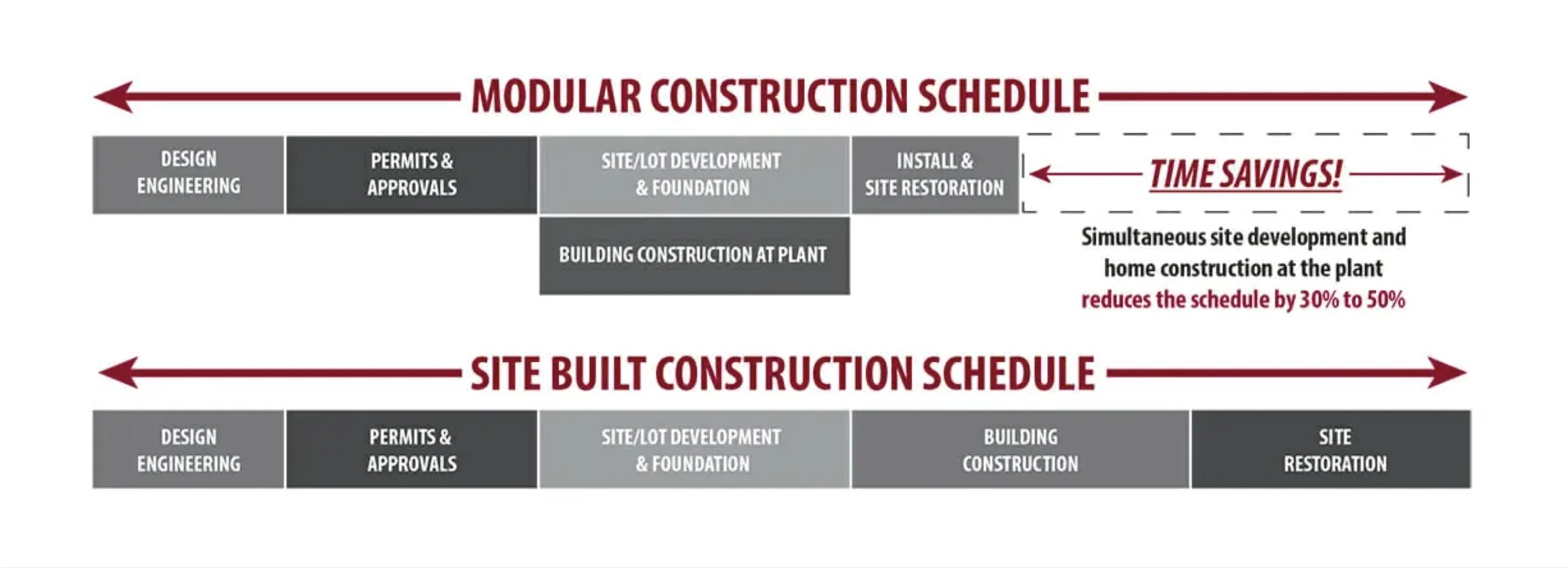
Types of Modular Construction
Modular construction, with its versatility and efficiency, comes in various forms to meet different needs. Mainly, two types of modular construction can be identified: Permanent Modular Construction and Relocatable Buildings.
Permanent Modular Construction (PMC)
PMC stands out as a cutting-edge technique that combines sustainability and innovation. Instead of building from scratch on site, buildings are prefabricated in sections or modules in specialized facilities. These modules, once completed, are transported to the construction site for final assembly. This methodology allows for a significant reduction in construction time, minimizes waste and ensures rigorous quality control. In addition, the flexibility of the PMC allows it to be integrated into existing projects or to operate independently, offering solutions tailored to today’s housing and construction needs.
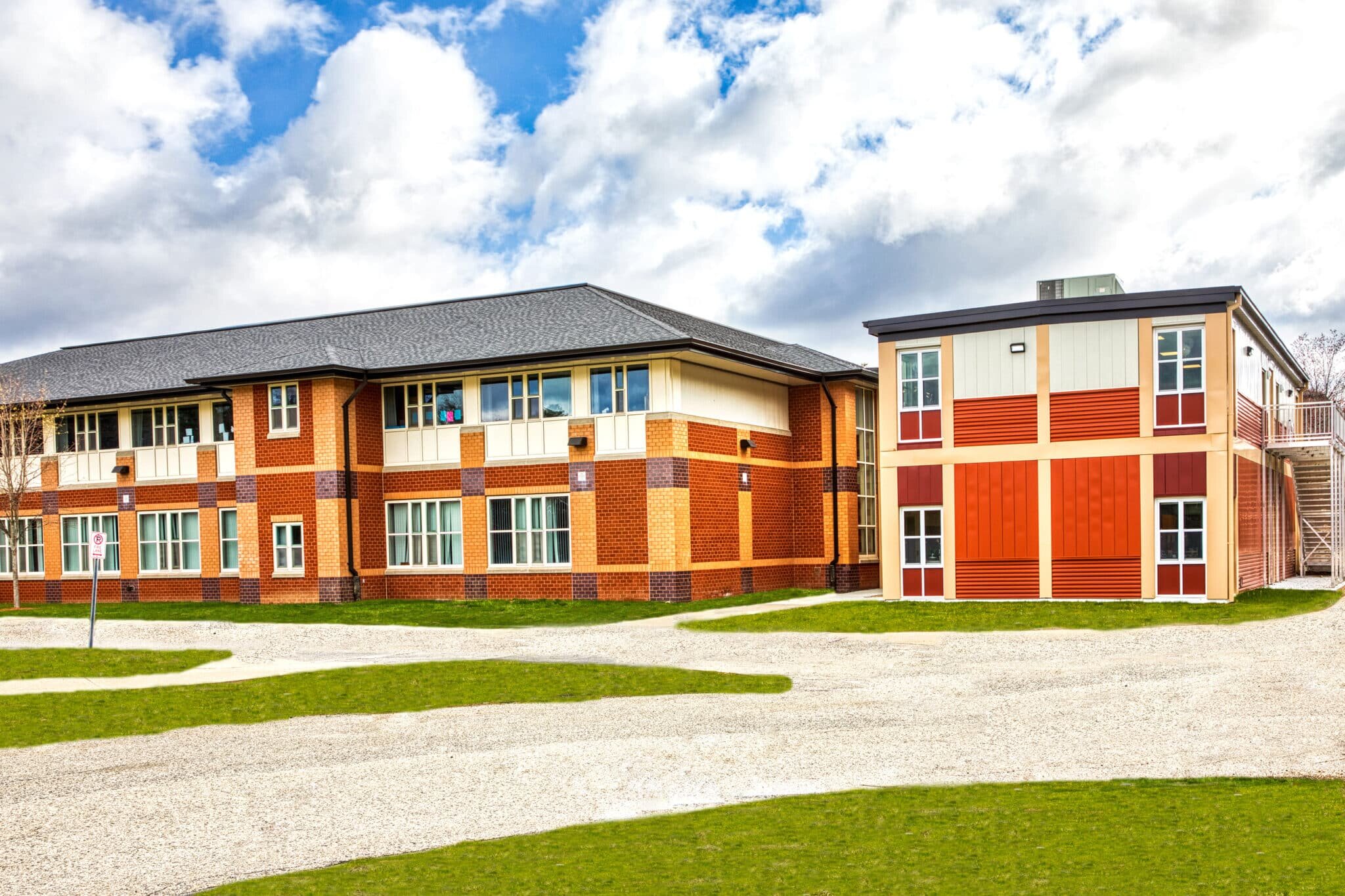
Hopkins & Elmwood School developed with permanent modular construction by Triumph Modular
Why choose Permanent Modular?
Permanent modular buildings represent a true alternative to traditional construction methods, but with additional benefits. These include faster occupancy, cost predictability, lower environmental impact and many other advantages that make them stand out in the construction industry.
Relocatable Buildings (RB)
Relocatable Buildings, as the name implies, are structures designed to be moved or relocated as needed. These buildings are assembled using modular techniques and are intended to meet temporary space needs. They are an ideal solution for schools requiring additional classrooms, construction site offices, temporary clinics or sales centers. One of their main advantages is the speed of delivery and the possibility of reconfiguration at a reduced cost. In addition, their design allows for easy relocation, adapting to changing space and usage demands.
Two-story Biotech Modular Office Expansion by Triumph Modular
Why choose Permanent Modular?
Temporary modular construction offers an ideal solution for those who require a space on short notice. This modality is highly relocatable and versatile, perfect for situations where the space might have a different use in the future. And when the project is over, no problem: simply return it to Triumph Modular and you’re not left paying for a building you no longer need.
Building the Future: The Relevance of Modularity Today
Modular construction, while not a new concept, has gained significant momentum in recent decades, especially in the modern context. Current trends in the construction industry reflect an inclination towards faster, more efficient and sustainable solutions, and modularity aligns perfectly with these demands.
In a world where socioeconomic changes are rapid and often unpredictable, the ability to adapt quickly is essential. Modular construction allows for an agile response to changing needs. Whether it is the rapid expansion of urban infrastructure or the creation of temporary housing in areas affected by natural disasters, modularity offers practical and effective solutions.
In addition, growing awareness of climate change and the need for sustainable practices has led the construction industry to look for greener alternatives. Modular construction, with its efficiency in the use of materials and its ability to reduce waste, presents itself as a green solution. The possibility of integrating eco-friendly features, such as rainwater harvesting systems or solar panels, into modular buildings reinforces their position as a sustainable option.
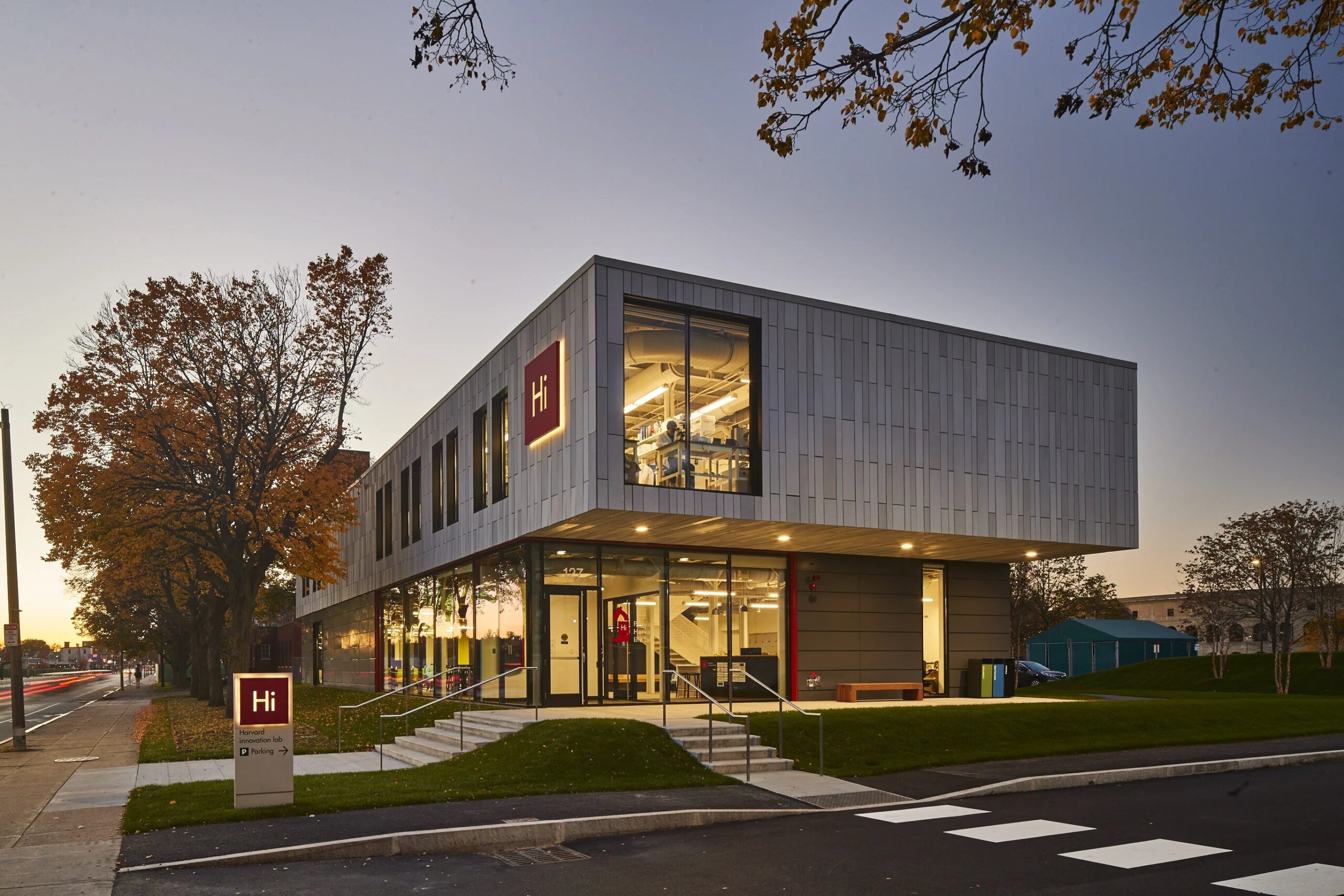
Pagliuca Harvard Life Lab at Harvard University built with modular technology
The digital age has brought with it technological advances that have influenced modular construction. From computer-aided design (CAD) to 3D printing, these technologies are enabling unprecedented precision and customization in modular manufacturing. The integration of smart technologies directly into the modular construction process is resulting in “smart” buildings that can interact with their occupants and adapt to their needs.
From an economic perspective, the speed with which projects can be completed is crucial in today’s world where time is money. Modular construction, by significantly reducing construction times, offers economic advantages for both builders and clients. Cost predictability, thanks to process standardization, is an additional attraction that cannot be underestimated.
In today’s global landscape, marked by rapid demographic changes, accelerated urbanization and environmental challenges, building solutions must be flexible and sustainable. Modular construction, with its ability to respond quickly to these demands, is positioned as an essential tool for the future of construction. It is not simply a passing trend, but an adaptive response to the demands and challenges of the modern world.
Construction, as the backbone of human infrastructure, has undergone a constant evolution throughout history. In this journey, modular construction has emerged as an innovative response to contemporary challenges, combining efficiency, sustainability and adaptability. When compared to traditional construction, modularity stands out for its ability to respond quickly to changing demands, offering practical solutions in an ever-changing world. Current trends, influenced by technological advances and growing environmental awareness, reinforce the relevance of modular construction in the global landscape. In short, beyond being a simple alternative, modular construction represents the future of building, uniting tradition and modernity in a perfect symbiosis to shape the architectural landscape of the coming decades.
FIND OUT
WHAT’S NEWS
OPEN SHOWERS: DELVE INTO THE APPLICATION OF THIS INNOVATIVE BATHROOM COMPONENT.
NEWS Open showers: delve into the application of this innovative bathroom component.On numerous occasions, emphasis has been placed on the drastic evolution that some key spaces in the home, such as the bathroom, have undergone; becoming an authentic sanctuary of...
INNOVATION AND ADAPTABILITY: REDEFINING THE HOTELS OF THE FUTURE
In the dynamic world of hospitality, hotels are constantly evolving to meet the expectations of modern travelers. Explore with us how advanced technology and innovative design approaches are transforming the guest experience.
4 EFFECTIVE STRATEGIES FOR IMPROVING ACOUSTICS IN THE HOME
Residential architecture aims at the constant search for improvement in the quality of life of the individual, through innovative techniques that satisfy absolutely all their needs. That said, sound plays a crucial role in this scenario of comfort; and it is imperative to address strategies that appease the noise traffic and envelop the home in a serene atmosphere.
Subscribe to our Newsletter
Receive our latest news regarding products, events and projects.
